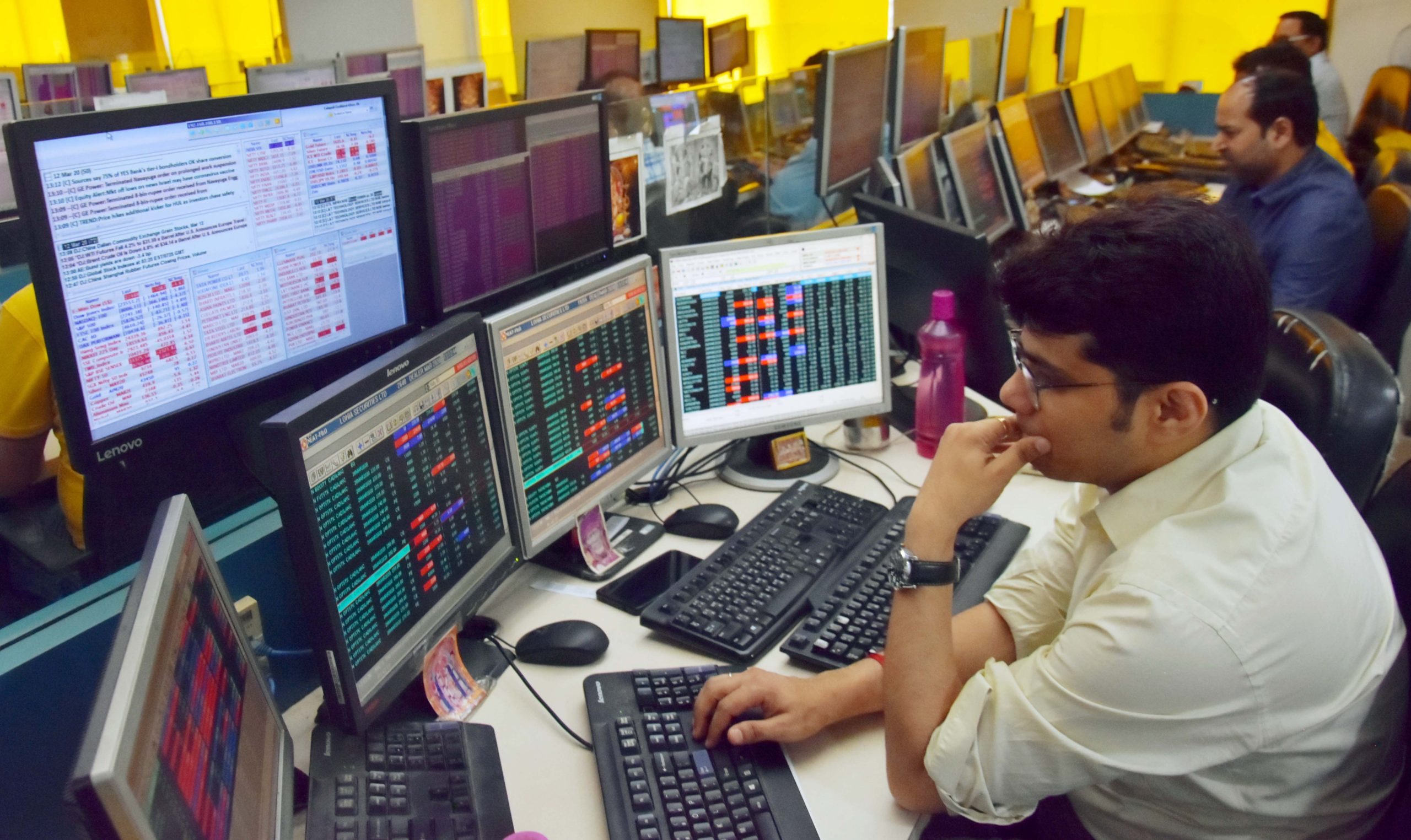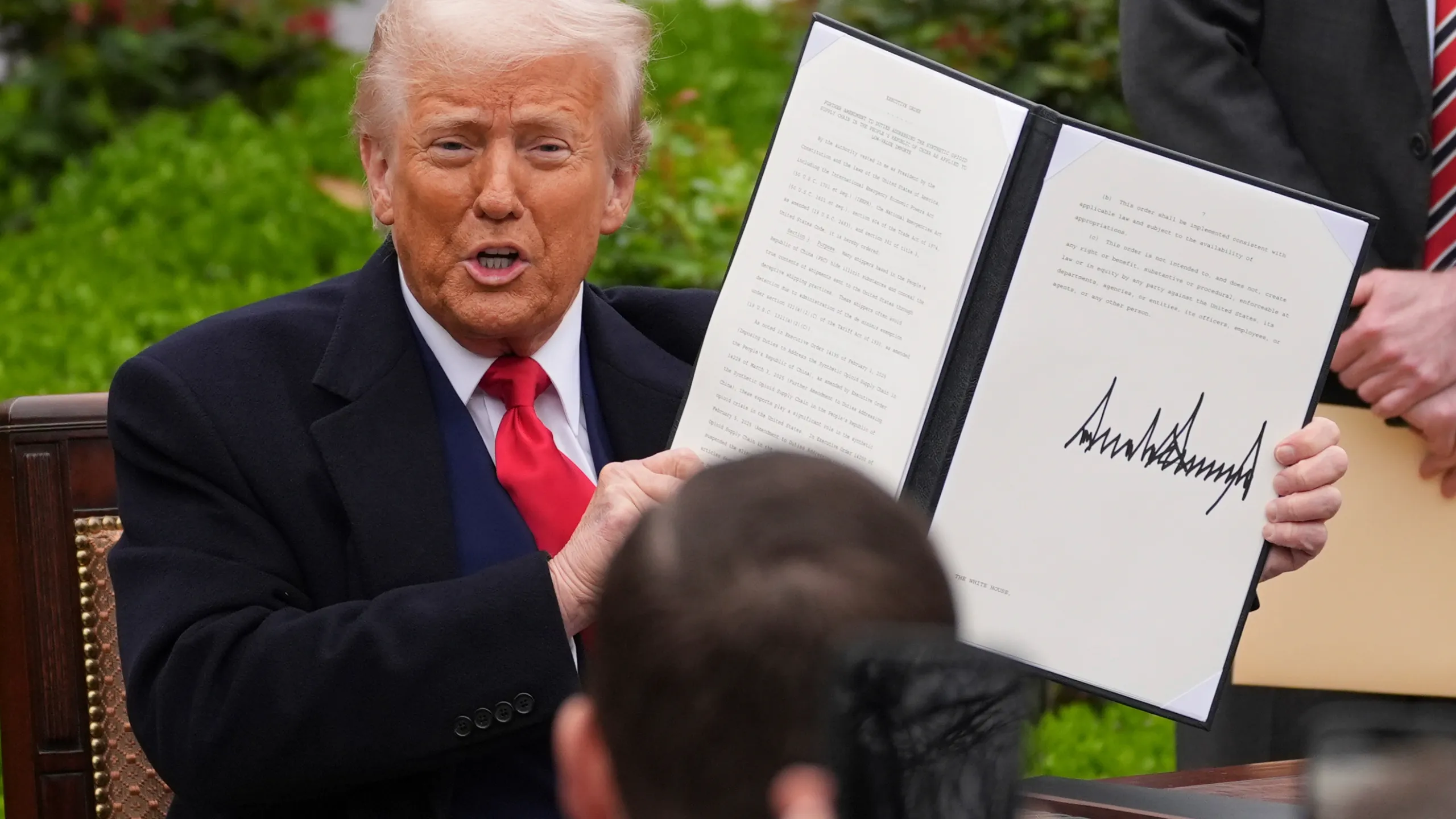
Introduction: A Volatile Oil Market
The oil market has recently experienced significant fluctuations driven by a complex interplay of US economic data and international sanctions. Traders and analysts are closely monitoring these factors, which are causing unpredictability in crude oil prices. While some indicators point towards a bearish outlook influenced by negative US economic data, ongoing sanctions on key energy-producing countries have added an element of uncertainty, often supporting prices despite weaker US signals. This dual influence results in a dynamic and unpredictable environment for investors and consumers alike.
The Influence of US Economic Data on Oil Prices
US economic indicators have a profound impact on the global oil market. Recent data released from the United States shows signs of slowdown in certain sectors, suggesting a potential decrease in oil demand. For example, sluggish manufacturing output, declining retail sales, and lower industrial activity often signal weaker economic growth, which can reduce the need for energy consumption. Such bearish US data has initially prompted traders to speculate on falling oil prices, as a slowing economy might lead to lower energy consumption and, consequently, reduced demand for crude oil.
Additionally, recent reports indicate that US crude inventory levels have been rising, which typically signals an oversupply in the market. With the market already sensitive to supply-demand imbalances, these data points have added pressure on oil prices, leading to downward adjustments in trading sessions.
However, despite this bearish US data, oil prices haven’t collapsed, largely due to other supporting factors, as discussed below.
The Impact of Sanctions on the Oil Market
Sanctions as a Market Stabilizer
International sanctions, particularly those targeting major oil-producing nations, continue to influence global supply dynamics. Countries like Iran and Venezuela have been subject to sanctions that limit their ability to export crude, effectively reducing global supply. When supply is constrained, markets tend to support higher prices, offsetting some of the downward pressure from US economic indicators.
For instance, recent sanctions measures have curtailed Iran’s oil exports, maintaining a ceiling on supply that keeps prices relatively stable or even on an upward trend. Similarly, ongoing diplomatic and economic pressures on other producing nations add layers of complexity, often making the market more volatile and reactive to geopolitical developments.
Moreover, secondary sanctions and measures targeting entities involved in energy trade can tighten the market further, compelling traders to factor in potential disruptions, which often leads to price rallies even amid bearish fundamental US data.
Market Sentiment and Trading Dynamics
Trade sentiment oscillates between fears of slowing US economic growth and a desire to hedge against geopolitical risks driven by sanctions. The result is a tug-of-war that causes oil prices to swing significantly within short periods.
- Bearish US Data: Creates a concern that demand will fall, pushing prices downward.
- Sanctions and Supply Constraints: Offer price support by limiting supply and increasing market uncertainty.
Market participants often react swiftly to new data releases, adjusting their positions based on the perceived balance between these opposing forces. As a result, oil prices frequently experience sharp movements and heightened volatility, reflecting current global economic and geopolitical tensions.
Recent Market Movements and Analysis
Recent trading sessions have been characterized by significant swings. Initially, bearish US economic reports caused prices to dip, with crude oil futures declining as investors anticipated lower demand. However, this decline was tempered by geopolitical concerns and sanctions pressures supporting prices. Some analysts interpret this pattern as a sign that underlying market fundamentals remain tight, especially with supplies limited by sanctions and disruptions.
Experts suggest that traders are carefully evaluating incoming US data to determine if the slowdown is transitory or indicative of a more sustained economic downturn. The presence of geopolitical risks further complicates the outlook, leading to a cautious approach with mixed signals.
Looking ahead, market analysts believe that the oil market will continue to be influenced by these conflicting factors, with prices likely to remain volatile until clearer trends emerge regarding US economic health and the progression of international sanctions.
Future Outlook: What to Expect?
Considering current conditions, the outlook for oil prices remains uncertain. On one hand, weak US data could prompt further declines in prices if demand slowdowns deepen. On the other, ongoing sanctions and supply constraints are likely to prevent significant declines and might even support price rallies after periods of decline.
Some key points influencing future price movements include:
- The trajectory of US economic recovery or slowdown, which directly impacts oil demand forecasts.
- International political developments, especially related to sanctions and diplomatic negotiations with major oil-producing nations.
- Global supply disruptions, whether from geopolitical tensions, production cuts, or unforeseen events like natural disasters or geopolitical conflicts.
- Speculative trading and market sentiment, which can drive prices away from fundamental values in the short term.
Overall, traders should brace for continued volatility, closely monitor economic indicators, geopolitical news, and sanctions updates, and prepare for rapid price shifts.
Conclusion
The recent fluctuations in oil prices exemplify the complex landscape shaped by economic data and geopolitical sanctions. While bearish US data temporarily exerts downward pressure on prices, ongoing sanctions and supply restrictions serve as a stabilizing force or even a bullish factor in the market. The interplay of these elements creates a challenging environment for investors, policymakers, and consumers alike.
As markets continue to absorb new information, the picture remains fluid. Stakeholders must stay vigilant and adaptable, weighing both fundamental data and geopolitical developments to navigate the unpredictable terrain of oil trading effectively.
For more updated news please keep visiting Prime News World.









